One of the healthier plants that you can start growing in the garden would be spinach plants. It is loaded with many essential nutrients that humans need including vitamin A, B2, iron, calcium, and even some protein. The darker the leaves the healthier the plant is for you. On the other hand New Zealand spinach is a light textured plant and has fewer nutrients, but still has a great taste and is best for warmer climates.
Spinach is one of those plants that do best in cooler weather and is great for either a spring or fall planting. If you plant them in the spring as the days get longer and warmer they have a bigger chance of going to seed or bolting which leads to a short season. It is best to start them inside before it is time to start planting them outside in order to give them a good head start.
Contents
Growing Spinach Through the Winter in Cold Climates
You can even plant these through the winter season as well. In late fall you can plant some seeds in the soil and when they start germinating you can place a thick layer of straw on them to protect them from the extreme cold temperatures. The next spring you can remove the straw and they will continue growing giving you a much better harvest.
If you are planning on going the ladder route it is important to know that spinach thrive best in nutrient dense soils and lots of moisture. Make sure before planting the seeds that you loosen up the soil at least a foot deep because of the long taproot that these plants have. Adding some organic fertilizers such as blood meal and bone meal is a great way to provide them with the high nitrogen that they require. The nitrogen is what makes the leaves dark green.
Make sure to buy new seeds each year in order to ensure a high germination rate. Soaking them in water for up to 24 hours before planting them is a good way to raise the rate of germination. Placing them at least ½” deep and 2” apart in beds or rows is the best way to get started. You can even start growing spinach in a cool area of your home before it is time to start planting them outside in the spring.
Planting in Warmer Climates
For a fall crop you can start them in August keeping in mind that planting them at this time will decrease their germination rate if the weather is too warm. If this is the case for your area then you can freeze the seeds for a few days, then spraying them with water and placing them in the refrigerator for a few more days will help in the germination process. Shade the soil until your seeds begin to germinate.
Growing Guidelines for All Spinach Plants
Once your seedlings have germinated and they have at least a couple of true leaves it is important to remove some of them in order to eliminate the threat of overcrowding. In this situation they may be encouraged to start bolting too early making a smaller crop. Remove the plants in order to keep them at least 6” inches apart once they have just two true leaves.
Once your plants have four true leaves it is time to start providing them with organic nitrogen fertilizers such as fish/seaweed emulsion and manure tea. You can place some blood meal around your plants as well which can help in providing them nitrogen. Add the liquid fertilizers at least every two weeks and watering them to keep the soil moist. Removing weeds can harm the roots of your plants so instead of pulling weeds add a layer of mulch using straw, grass clippings, or hay to prevent weeds from growing.
Pests That Can Ruin Your Crops
Insects are not normally a problem in the cool weather, but they can become a nuisance once the weather warms and they awaken from their slumber. Spotted and striped cucumber beetles can easily ruin a harvest for any gardener. If you see any of them make sure that you remove them as soon as possible. Leaf miner larvae is another problem that you need to look for and make certain to destroy leaves that have the larvae on them to prevent adult flies from hatching and creating a small problem into a much bigger problem.
I have found that aphids appear on spinach plants when the weather starts to get warm and they are almost ready to bolt. They are not usually a problem because there are many enemies of aphids that are able to keep their population down. If they are a problem then the best way to remove them is to spray them off with water. You can spray growing plants with canola oil, garlic oil, or even some garlic sprays to keep them away. Soap should only be used as a last resort.
Viruses and Diseases
Aphids carry a disease known as spinach blight which causes the leaves on your plants to turn yellow and halt their growth. During wet weather you can also be susceptible to downy mildew which can be easily be spread by working around these plants during wet conditions. Make sure to plant resistant cultivars to help in the reduction of these diseases.
Harvesting the Leaves
If you want to begin eating these leaves then you are going to need to know how to harvest them. It is rather easy since they are just leaves that you will be cutting. Once your plants have size leaves on them you can then begin cutting. Do not cut too much otherwise they will begin to bolt too soon. Cut a few of the outside ones first and then move onto the next plant and continue doing this until you have enough leaves. Cutting the outside leaves first will enhance productivity and you should have many more harvesting days to come.
Best Varieties
Bloomsdale – Long Standing is my favorite type and is one the best ones to grow in my opinion. You can grow them in both fall and winter.

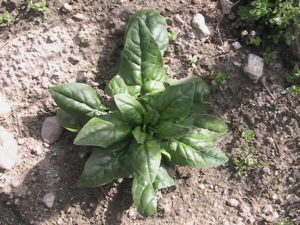
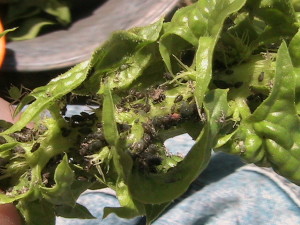
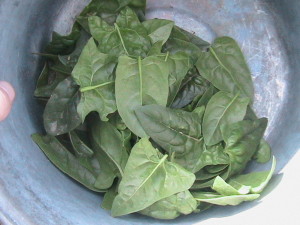
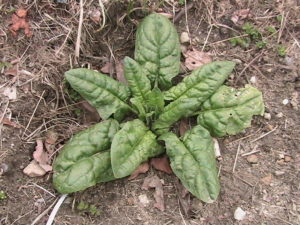
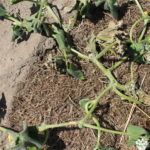

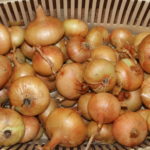

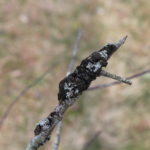
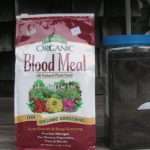
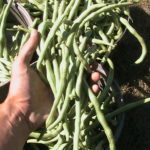
Recent Comments